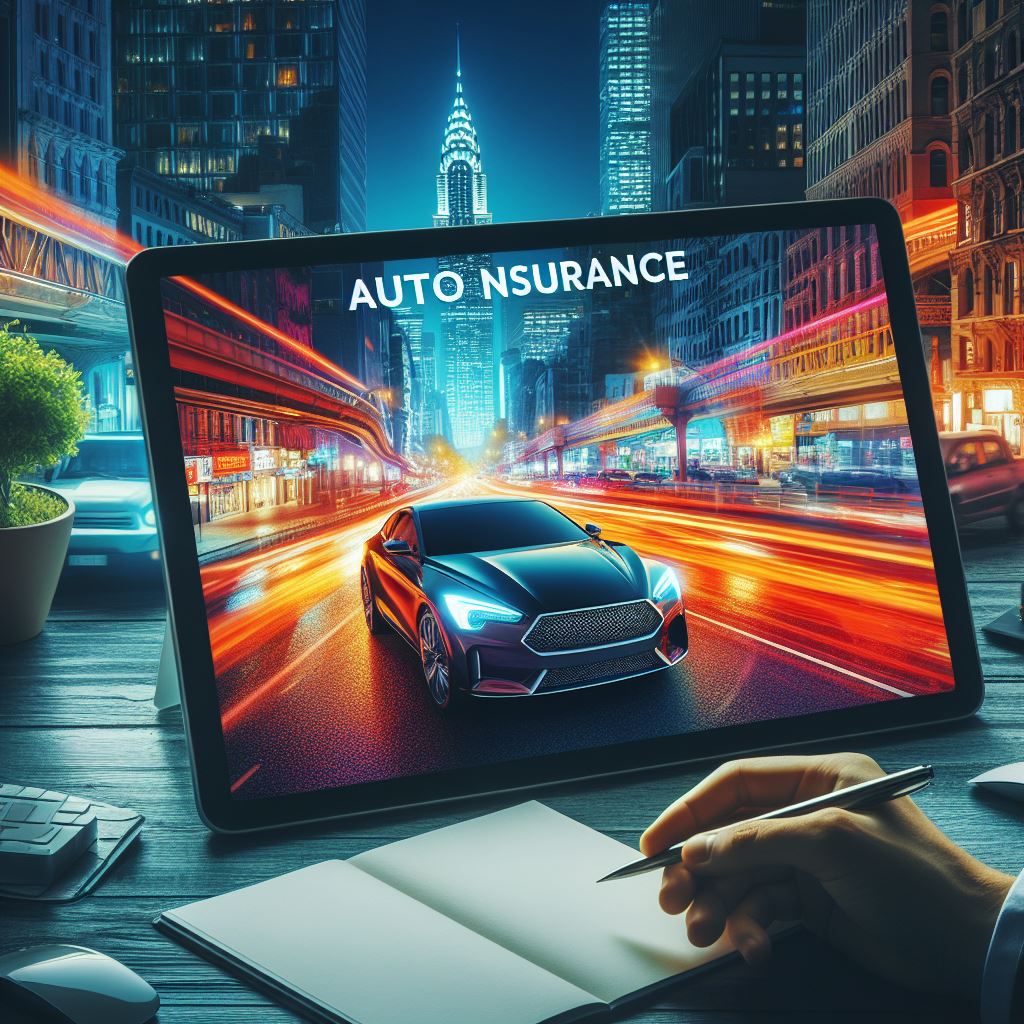
Are there any specific programs or initiatives offered by the best auto insurance Minnesota companies to promote safe driving habits?
Many of the best auto insurance companies in Minnesota prioritize promoting safe driving habits among policyholders through various programs and initiatives. These efforts aim to reduce the risk of accidents and claims, ultimately leading to lower premiums for policyholders and safer roads for everyone. One common initiative offered by these insurance companies is Usage-Based Insurance (UBI) programs. These programs utilize telematics technology to monitor driving behavior, such as speed, acceleration, braking, and time of day. Policyholders who exhibit safe driving habits, as demonstrated by their driving performance, may be eligible for discounts or rewards.In addition to UBI programs, safe driving discounts are often provided to policyholders who maintain a clean driving record over a certain period. These discounts serve as incentives for policyholders to adhere to traffic laws and safety practices, ultimately promoting safer driving behaviors.
Certain insurance companies also offer driver training programs, which provide discounts or incentives to policyholders who complete approved driver training courses. These courses, such as defensive driving courses or safe driving workshops, aim to improve driver skills and awareness, thereby reducing the likelihood of accidents.For teen drivers, specialized programs may be available, offering educational resources, training materials, and parental controls to promote safe driving behaviors. These initiatives address the increased risk associated with inexperienced drivers and encourage responsible driving habits from an early age.
Some auto insurance companies provide mobile apps or online portals that offer feedback on driving habits and tips for improvement. These tools track driving behavior, provide real-time feedback, and offer personalized recommendations for safer driving practices.